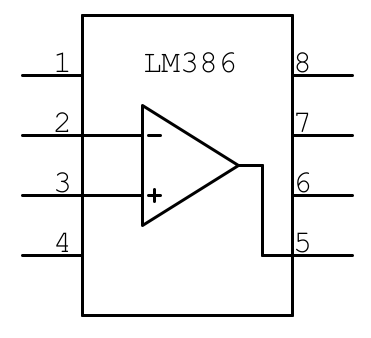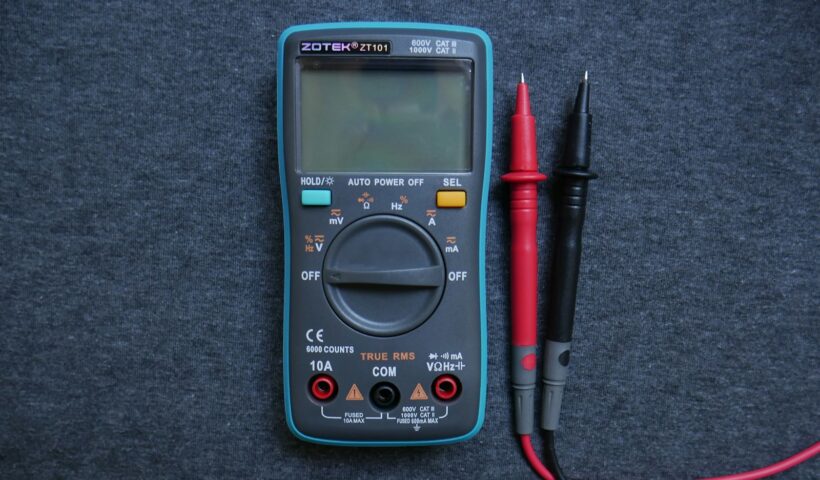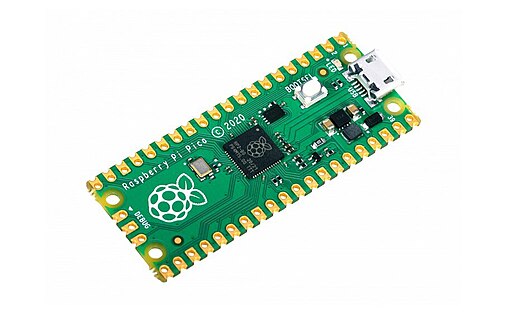Sensors are the unsung heroes of the electronics world, quietly gathering information about the physical world and translating it into signals our devices can understand. From the smartphone in your pocket to the complex machinery in factories, sensors are everywhere, enabling countless applications. Let’s break down the basics of sensors in a way that’s easy to grasp. What Exactly is a Sensor? A sensor…
View More Understanding Sensor Basics: A Beginner’s GuideTag: electronics
Understanding LED Driving: Constant Current vs. Constant Voltage
Understanding LED Driving: Constant Current vs. Constant Voltage Light Emitting Diodes (LEDs) have revolutionized lighting, offering efficiency and longevity. However, unlike traditional incandescent bulbs, LEDs require specific driving methods to ensure optimal performance and lifespan. This article delves into the intricacies of constant current and constant voltage driving, the two primary methods for powering LEDs. Constant Current Driving Constant current driving, as the name…
View More Understanding LED Driving: Constant Current vs. Constant VoltageGetting Started with LEDs: A Beginner’s Guide to Lighting Up Your Projects
LEDs, or Light Emitting Diodes, are everywhere these days, from your phone screen to traffic lights. They are small, efficient, and come in a variety of colors, making them perfect for hobbyist projects. Here’s what you need to know to start using LEDs: Understanding the Basics Polarity: LEDs have a positive (+) and a negative (-) side. The longer leg is usually the positive…
View More Getting Started with LEDs: A Beginner’s Guide to Lighting Up Your ProjectsUnderstanding and Implementing Operational Amplifiers
Understanding and Implementing Operational Amplifiers Operational amplifiers (op-amps) are fundamental building blocks in analog circuit design. They are versatile, high-gain differential amplifiers that can be used to perform a wide variety of signal processing tasks, including amplification, filtering, and mathematical operations. This article provides an intermediate-level guide to understanding and implementing op-amps in your circuits. Basics of Operational Amplifiers An op-amp has two inputs…
View More Understanding and Implementing Operational AmplifiersGetting Started with SPI Communication: A Beginner’s Guide
SPI, or Serial Peripheral Interface, is a synchronous communication protocol commonly used to connect microcontrollers to peripherals like sensors, displays, and memory chips. This guide will walk you through the basics of SPI and help you get started with your first SPI project. Understanding SPI SPI relies on a master-slave architecture, where a master device initiates the communication and controls the data flow. The…
View More Getting Started with SPI Communication: A Beginner’s GuideDemystifying the Multimeter: A Beginner’s Guide to Electrical Exploration
The multimeter: a humble yet powerful tool that unlocks the secrets of the electrical world. Whether you’re a hobbyist, DIY enthusiast, or just curious about how things work, understanding this device opens a universe of possibilities. Let’s embark on a journey to demystify the multimeter and equip you with the basics. What is a Multimeter? A multimeter is an electronic instrument that measures various…
View More Demystifying the Multimeter: A Beginner’s Guide to Electrical ExplorationBuilding Your First Robot: A Beginner’s Guide to Line Following
Have you ever been fascinated by robots that can navigate a maze or follow a track? In this beginner’s guide, we’ll explore the basics of building a simple line-following robot using readily available components. What You’ll Need: Chassis: You can use a pre-built robot chassis or make your own using materials like acrylic or wood. Motors: Two DC motors are required to drive the…
View More Building Your First Robot: A Beginner’s Guide to Line FollowingUnderstanding and Using Capacitors: A Beginner’s Guide
Capacitors are fundamental components in electronics, acting like tiny energy reservoirs. They store electrical energy and release it when needed. This makes them crucial for various applications, from smoothing voltage fluctuations to timing circuits. What is a Capacitor? A capacitor consists of two conductive plates separated by an insulator called a dielectric. When connected to a voltage source, opposite charges accumulate on these plates,…
View More Understanding and Using Capacitors: A Beginner’s GuideRaspberry Pi Pico and MicroPython: Your Tiny Tech Playground
The Raspberry Pi Pico, a credit card-sized powerhouse, has become a darling of the hobbyist world. Its low cost, powerful RP2040 microcontroller, and built-in support for MicroPython make it an ideal platform to tinker with electronics and programming. MicroPython, a simplified version of Python, allows you to write code for the Pico without needing a hefty compiler or complex setup. So, how do you…
View More Raspberry Pi Pico and MicroPython: Your Tiny Tech Playground






